Titanium Dioxide
Price 250.0 INR/ Kilograms
Titanium Dioxide Specification
- Poisonous
- No
- Purity
- 98%
- Solubility
- Insoluble In Water
- Storage
- Room Temperature
- Form
- Powder
- Grade
- Industrial Grade
- Usage
- 3D Printing (Additive Manufacturing): Widely used in aerospace, medical implants, and automotive industries for producing lightweight, durable parts Aerospace: Used in the production of strong, corrosion-resistant parts for aircraft and spacecraft Medical Implants: Titanium powder is used for creating biocompatible implants, such as joint replacements and dental implants Electronics: Used in some advanced electronic components due to its high strength-to-weight ratio Coatings & Paints: Employed in creating protective coatings and high-performance paints, especially for corrosion resistance Chemical Industry: Used as a catalyst in certain reactions
Titanium Dioxide Trade Information
- Minimum Order Quantity
- 25 Kilograms
- Payment Terms
- Cash in Advance (CID)
- Delivery Time
- 7 Days
- Sample Available
- No
- Sample Policy
- Free samples are available
- Packaging Details
- Plastic Bags / Paper Bags
- Main Export Market(s)
- Central America, North America, South America, Middle East, Asia, Eastern Europe, Western Europe, Australia, Africa
- Main Domestic Market
- All India
- Certifications
- ISO 9001:2008
About Titanium Dioxide
We are an acclaimed manufacturer of Titanium Dioxide for our highly esteemed clients. It is widely used in painting, paper making, printing oil and plastic. Premium quality material and machinery is used for making this chemical at our vendors unit in sync with the prevailing market standards and norms. Titanium Dioxide is offered in safe packaging in order to serve our clients with a flawless defect free range. We offer this industrial chemical at highly affordable prices among our competitors.
| Form | Rutile, Anatase |
| Purity | 98 % |
| Melting Point | 1855 Degree C |
| Particle Size | 325 Mesh |
| Apperance | White Powder |
Titanium Dioxide Applications:
Titanium Dioxide Properties:
Frequently Asked Questions:
Q: What is titanium dioxide?
Q: How is titanium dioxide produced?
Q: What are the different types of titanium dioxide?
Q: What are the main applications of titanium dioxide?
Q: Is titanium dioxide safe to use in consumer products?
Q: Is titanium dioxide harmful to the environment?
Q: Can titanium dioxide be used in food products?
Q: Does titanium dioxide have any other notable properties?
Applications in Various Industries
Our industrial grade Titanium Dioxide is extensively used in multiple manufacturing sectors across India, including paints, plastics, coatings, rubber, and paper. Its pigmentary properties offer superior whiteness and opacity, making it a preferred choice for businesses seeking high-performing raw materials.
Quality Assurance and Purity
We prioritize quality by offering Titanium Dioxide with a 98% purity level. Rigorous quality control measures and best storage practices at room temperature ensure that you receive a consistent and reliable product for industrial usage every time.
FAQs of Titanium Dioxide:
Q: How should Titanium Dioxide be stored to maintain its quality?
A: Titanium Dioxide should be stored at room temperature in a dry environment, away from direct sunlight and moisture. Proper storage helps preserve its physical and chemical stability, ensuring optimal performance during application.Q: What is the primary usage of this industrial grade Titanium Dioxide powder?
A: This Titanium Dioxide powder is primarily used in industrial applications such as paint manufacturing, plastics formulation, coatings, and paper production due to its excellent pigment properties and high opacity.Q: When is Titanium Dioxide typically added in the manufacturing process?
A: Titanium Dioxide is usually incorporated during the initial mixing or blending stages of the manufacturing process to ensure even dispersion and maximize its pigmenting effectiveness in the final product.Q: Where is your Titanium Dioxide sourced and supplied from in India?
A: As a reputed distributor, exporter, importer, and supplier, we source Titanium Dioxide from trusted manufacturers and supply it to clients across diverse industrial zones throughout India, adhering to quality and regulatory standards.Q: What is the process involved in checking the purity of Titanium Dioxide supplied?
A: Purity of Titanium Dioxide is verified through systematic quality control tests, including spectroscopic and gravimetric analyses, ensuring the product achieves the specified 98% purity before distribution.Q: How does the insolubility in water affect industrial usage of Titanium Dioxide?
A: The insolubility of Titanium Dioxide in water benefits many industrial processes, as it ensures the pigment remains stable and does not dissolve or react during manufacturing, resulting in consistent end-product quality.Q: What are the benefits of using this specific grade of Titanium Dioxide for industrial purposes?
A: With its high whiteness, opacity, and 98% purity, this industrial grade Titanium Dioxide enhances product durability and appearance, reduces raw material costs due to its efficiency, and meets stringent industrial requirements.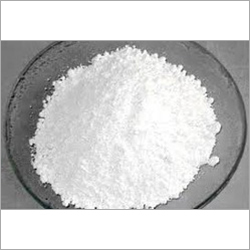
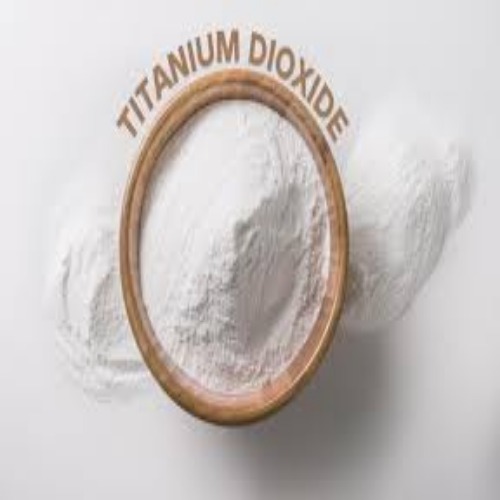

Price:
- 50
- 100
- 200
- 250
- 500
- 1000+
More Products in Titanium Dioxide Category
Titanium Dioxide Powder
Price 250 INR / Kilograms
Minimum Order Quantity : 25 Kilograms
Storage : Room Temperature
Purity : 94 % min
Grade : Industrial Grade
Type : Titanium Dioxide Powder
Industrial Titanium Dioxide
Price 240 INR / Kilograms
Minimum Order Quantity : 25 Kilograms
Storage : Room Temperature
Purity : 98%
Grade : Industrial Grade
Titanium Dioxide Anatase
Price 220 INR / Kilograms
Minimum Order Quantity : 25 Kilograms
Storage : Room Temperature
Purity : 98 %
Grade : Industrial Grade
Type : Titanium Dioxide Anatase
Titanium Dioxide For Plastic
Price 250 INR / Kilograms
Minimum Order Quantity : 25 Kilograms
Storage : Room Temperature
Purity : 98 % min
Grade : Industrial Grade
Type : Titanium Dioxide For Plastic

 Send Inquiry
Send Inquiry
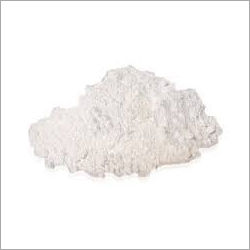
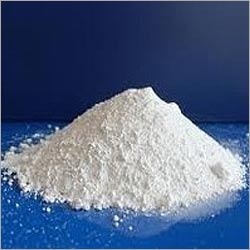

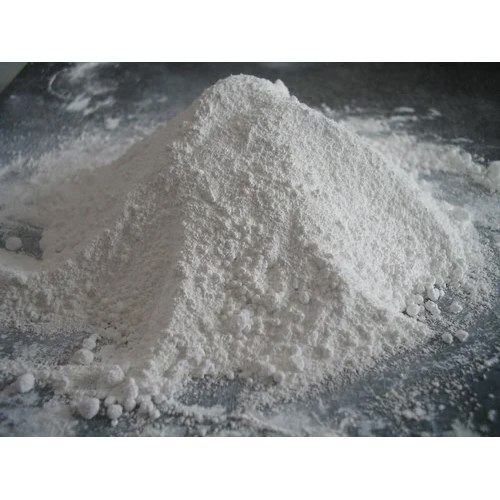
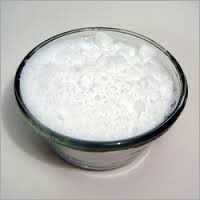
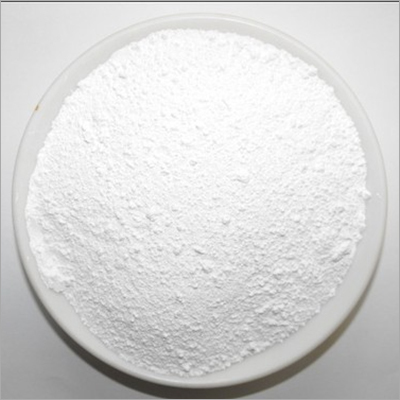

 English
English Spanish
Spanish French
French German
German Italian
Italian Chinese (Simplified)
Chinese (Simplified) Japanese
Japanese Korean
Korean Arabic
Arabic Portuguese
Portuguese